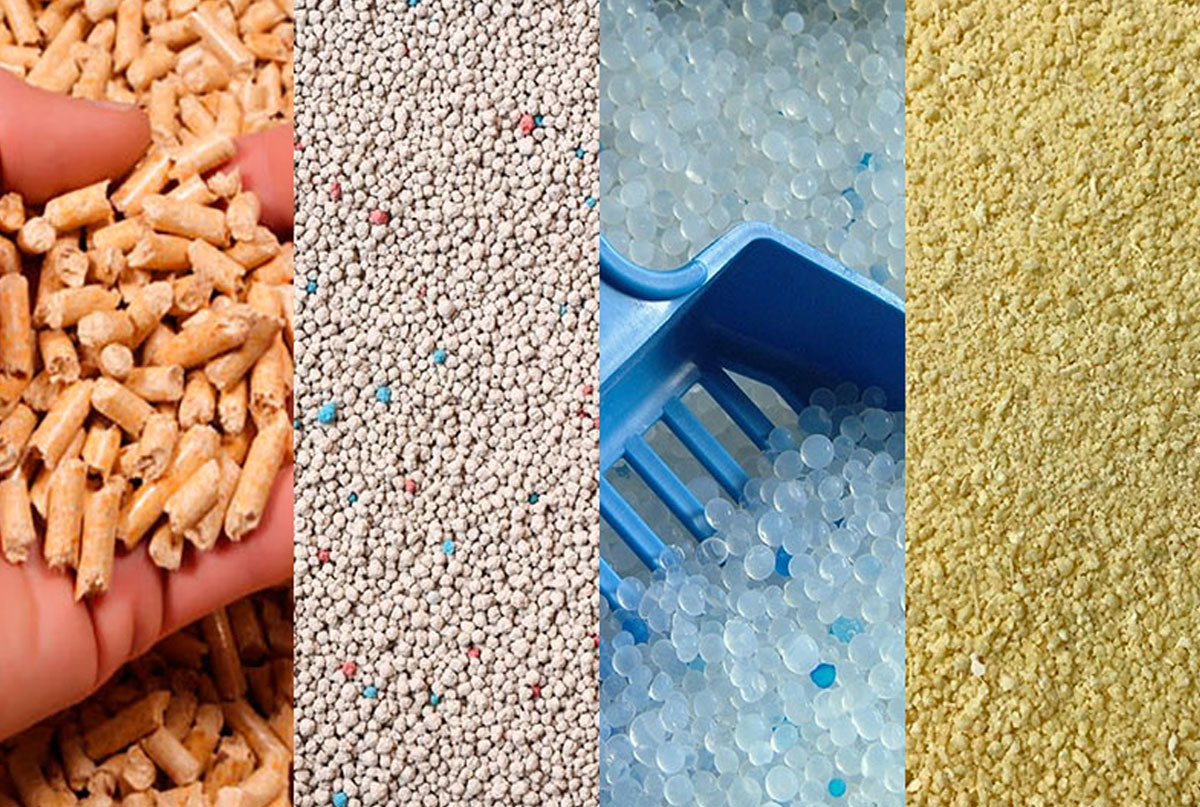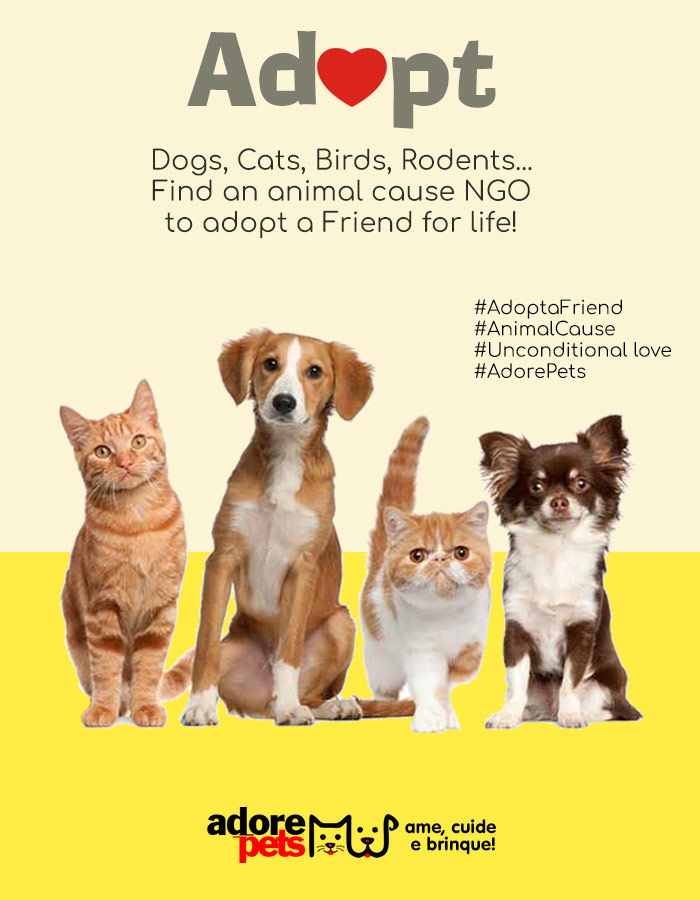Types of Cat Litter
There are several types of cat litter available, each with its own particularities. The main types are:
Clay Litter
Clay litter is one of the most popular among cat owners. This type of litter is known for its ability to absorb moisture quickly and form solid clumps, making waste removal easier. However, clay litter can produce a lot of dust, which can be problematic for cats with respiratory issues. Additionally, although it is efficient at absorption, it may not be the best option for long-term odor control.
Silica Litter
Silica litter, made from silica crystals, is highly absorbent and excellent at controlling odors. One of its main advantages is that it lasts longer without needing to be changed frequently. However, some cats may not like the texture of the crystals, which can lead to litter box rejection. It is a practical choice for owners seeking a low-maintenance solution.
Biodegradable Litter
Biodegradable litter is gaining popularity for being an eco-friendly option. Made from natural materials such as corn, wheat, wood, or recycled paper, this litter is safe for the environment and, in many cases, compostable. However, it can be more expensive and less effective at odor absorption compared to other options. It is an ideal choice for cat owners who are also concerned about sustainability.
Scented Litter
Scented litter contains added fragrances to mask unpleasant odors. However, it is important to be cautious when choosing this type of litter, as some cats may be sensitive to perfumes, developing allergies or even avoiding the litter box. It is essential to observe your cat's behavior and ensure that they adapt well to scented litter before adopting it as a permanent solution.
Wood Litter
Wood litter is another biodegradable option, made from pellets or compressed sawdust. This litter is efficient at absorbing liquids and neutralizing odors, in addition to being a sustainable choice. The texture of wood litter is different from others, which may require an adjustment period for some cats. Its price can vary, but it is generally an affordable and practical option.
Paper Litter
Paper litter is made from recycled paper and is a soft, dust-free option, ideal for cats with respiratory sensitivities or allergies. Although it is not as effective at odor absorption as clay or silica litters, paper litter is highly absorbent and eco-friendly. It is an excellent choice for owners looking for a safe and sustainable alternative.

How to Choose the Best Cat Litter
When choosing the ideal cat litter, consider the following factors:
Cat Preferences
Some cats are very particular about the texture and smell of the litter. It may be necessary to test different types to find out which one your cat prefers.
Odor Control
If you live in a small space or have multiple cats, opting for a litter with good odor control is essential.
Ease of Cleaning
Litters that form solid clumps make waste removal easier, keeping the litter box more hygienic.
Cat Health
Cats with respiratory issues or allergies may need a specific type of litter, such as dust-free or fragrance-free options.
Tips for Keeping the Litter Box Clean
Daily Cleaning
Remove clumps of urine and feces daily to avoid unpleasant odors and maintain a hygienic litter box.
Regular Litter Replacement
Even with daily waste removal, it is important to replace all the litter regularly. The interval can vary depending on the type of litter and the number of cats.
Box Washing
At least once a month, wash the litter box with water and mild soap. Avoid strong chemicals that can leave toxic residues.
Proper Amount of Litter
Keep the litter box with a layer of at least 5 cm of height to ensure the cat can comfortably bury their waste.
Understand that...
Choosing the best cat litter is a decision that should take into account your feline's preferences, the effectiveness of odor absorption, and the sustainability of the option. Each type of cat litter has its advantages and disadvantages, and it may be necessary to try different options to find the one that best suits your cat and lifestyle. With the right information and a little patience, you can provide your feline friend with a comfortable and hygienic environment, ensuring their well-being and health.
People Also Ask
What is the best cat litter?
The best cat litter depends on the specific needs of your feline and your personal preferences. Clay litters are popular for their ability to form solid clumps, making cleaning easier. Silica litters are excellent at controlling odors and last longer. Biodegradable litters, made from natural materials like corn and recycled paper, are eco-friendly and safe for the environment. Try different types to discover which one your cat prefers.
How often should you change cat litter?
The frequency of changing cat litter depends on the type of litter used. Clumping litters, like clay, should have clumps removed daily, and the entire litter should be changed every one to two weeks. Silica litters can last up to a month but also require daily removal of solid waste. Biodegradable litters usually need to be changed weekly. Regular maintenance is essential to ensure your cat's hygiene and comfort.
Which cat litter does not smell?
Silica litters are known for their excellent odor control, making them one of the best options for minimizing unpleasant smells. Another option is clumping clay litters, which help maintain odors by forming solid clumps. Additionally, there are scented litters, but it is important to check if your cat tolerates added perfumes well, as some felines may be sensitive to these fragrances.
What can replace cat litter?
There are several alternatives to traditional cat litter that can be used, such as wood litter made from pellets or compressed sawdust, and paper litter made from recycled paper, which is soft and eco-friendly. Other substitutes include corn and wheat granules, which are biodegradable and safe for the environment. These alternatives can be especially useful for cats with sensitivities or for owners looking for more sustainable options.

















Add comment